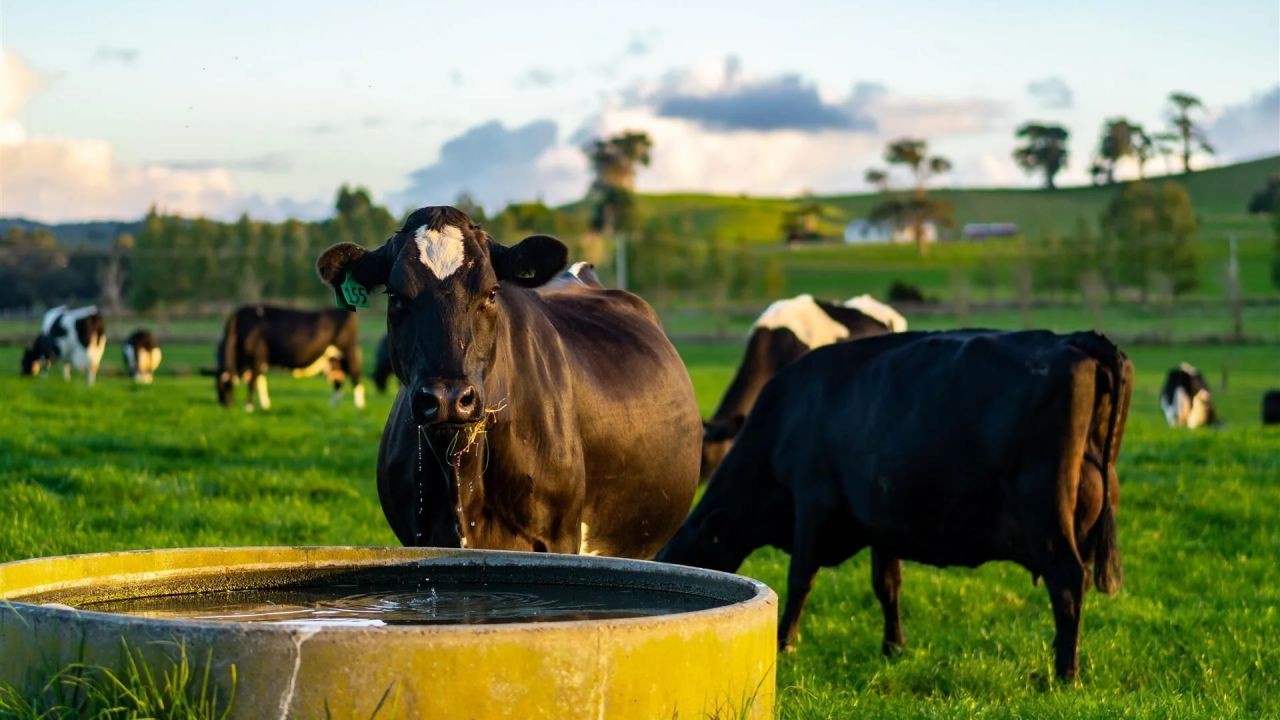In the world of gourmet dining, the term "fresh ingredients" is often touted as the hallmark of high-end restaurants. But what does "fresh" truly mean in the context of Australia’s diverse culinary landscape? As diners become more discerning, the definition of freshness is not only about the time elapsed from farm to table but also involves sustainability, local sourcing, and even regulatory compliance. This article delves deep into the intricacies of the fresh ingredient myth, exploring how Australian restaurants are adapting to meet these evolving expectations.
Understanding Freshness: More Than Just a Buzzword
At its core, freshness implies that ingredients are at their peak in terms of flavor and nutritional value. In Australia, this often translates to locally sourced produce, meats, and seafood, ideally harvested or caught within a short timeframe before being served. However, the logistics of Australia's vast geography and climate variability present unique challenges. For instance, while coastal cities like Sydney and Melbourne have access to fresh seafood daily, inland regions may rely on rapid transportation networks to maintain ingredient quality.
Case Study: Quay Restaurant – Pioneering Sustainability and Freshness
Problem: Quay, a renowned Sydney restaurant, faced the challenge of ensuring consistent freshness of ingredients while adhering to sustainable practices.
- High demand for seafood often led to overfishing concerns and sourcing difficulties.
- Maintaining quality while reducing the carbon footprint became a priority.
Action: Quay partnered with local fisheries committed to sustainable practices.
- They adopted a farm-to-table model, emphasizing seasonal menus that reflect local availability.
- The restaurant invested in relationships with farmers and fishers who use eco-friendly methods.
Result: Quay witnessed a 20% increase in customer satisfaction scores, attributed to the freshness and ethical sourcing of their ingredients. Their approach also reduced supply chain emissions by 15%.
Takeaway: This case underscores the importance of sustainability in defining freshness. Australian restaurants can leverage local partnerships to enhance both quality and environmental responsibility.
The Economics of Freshness: Balancing Cost and Quality
The Australian economy, with its focus on agricultural exports and food production, plays a critical role in high-end dining. According to the Australian Bureau of Statistics (ABS), the agricultural sector contributes approximately 3% to the nation's GDP, underscoring its significance in the supply chain.
However, the cost of sourcing fresh ingredients can be prohibitive for many restaurants. The Reserve Bank of Australia (RBA) notes that food prices have been rising steadily, influenced by climate change impacts on agriculture and global supply chain disruptions.
Pros and Cons of Sourcing Local Ingredients
- Pros:
- Supporting local economies boosts regional development and provides fresher options.
- Reduces transportation costs and environmental impact.
- Enhances menu authenticity and appeal.
- Cons:
- Limited availability of certain ingredients throughout the year.
- Higher costs compared to imported alternatives.
- Dependence on local climate and environmental conditions.
Myths and Realities of Fresh Ingredients
Despite widespread belief, not all "fresh" ingredients are created equal. Let’s debunk some common myths.
Myth vs. Reality
- Myth: All fresh produce is organically grown.
- Reality: While organic farming is popular, it represents only a fraction of the overall agricultural output. Conventional methods still dominate due to cost and yield efficiency.
- Myth: Imported ingredients cannot be fresh.
- Reality: Advanced logistics and preservation techniques allow for the import of high-quality fresh ingredients, though they may come at a higher cost.
- Myth: Freshness equates to better taste.
- Reality: Taste is subjective and influenced by preparation techniques and ingredient pairings as much as by freshness.
Regulatory Insights: Ensuring Honesty in Fresh Claims
The Australian Competition & Consumer Commission (ACCC) plays a vital role in ensuring that claims about ingredient freshness are factual and not misleading. Restaurants making false claims about the source and quality of their ingredients can face significant fines and reputational damage. For instance, the ACCC mandates clear labeling on menus, especially when terms like "organic" or "locally sourced" are used.
Biggest Mistakes to Avoid
- Overstating freshness claims without proper sourcing documentation.
- Ignoring seasonal variations, leading to inconsistent menu offerings.
- Failing to establish relationships with reliable local suppliers.
- Neglecting customer feedback related to ingredient quality.
- Underestimating the impact of transportation on ingredient freshness.
Future Trends: The Next Frontier in Fresh Dining
Looking ahead, the integration of technology in the agricultural sector, such as precision farming and AI-driven supply chain management, promises to redefine the concept of freshness. According to a report by CSIRO, by 2030, half of Australia's food supply chain will incorporate IoT and AI technologies, enhancing traceability and quality control.
Additionally, urban farming and vertical gardens are gaining traction in metropolitan areas, offering hyper-local fresh produce to city-based restaurants. This aligns with consumer demand for transparency and sustainability.
Conclusion: Navigating the Fresh Future
For Australian high-end restaurants, the journey towards authentic freshness is multifaceted, involving economic, environmental, and technological considerations. By embracing sustainable practices, transparent sourcing, and innovative technologies, the industry can redefine what it means to offer truly fresh dining experiences.
Join the conversation: How do you define freshness in dining? Share your insights and experiences in the comments below!
Related Search Queries
- What does fresh mean in restaurants?
- How do high-end restaurants source ingredients?
- Impact of local sourcing on restaurant menus
- Sustainability trends in Australian dining
- How technology is changing restaurant supply chains
People Also Ask
- How does sourcing local ingredients impact Australian restaurants?
Local sourcing supports regional economies and reduces environmental impact. It enhances menu authenticity and freshness but may increase costs due to limited availability.
- Are all fresh ingredients in restaurants organic?
No, organic produce represents only a small portion of the market due to cost and yield factors. Most fresh ingredients are conventionally grown.
- What regulatory measures ensure freshness claims in Australia?
The ACCC ensures that restaurants make honest claims about ingredient freshness, with strict labeling and sourcing documentation requirements.








































verthermia
24 days ago